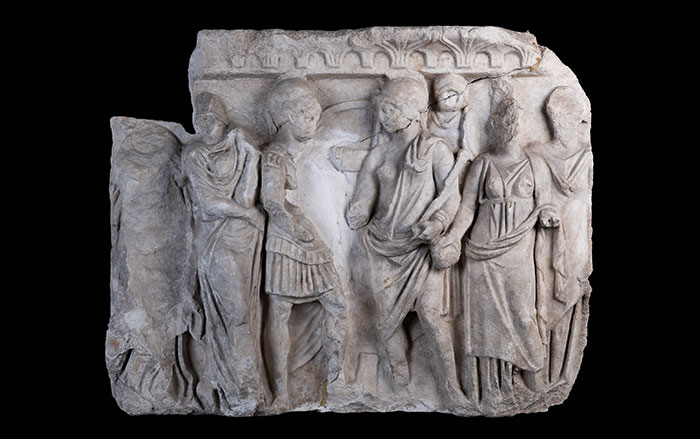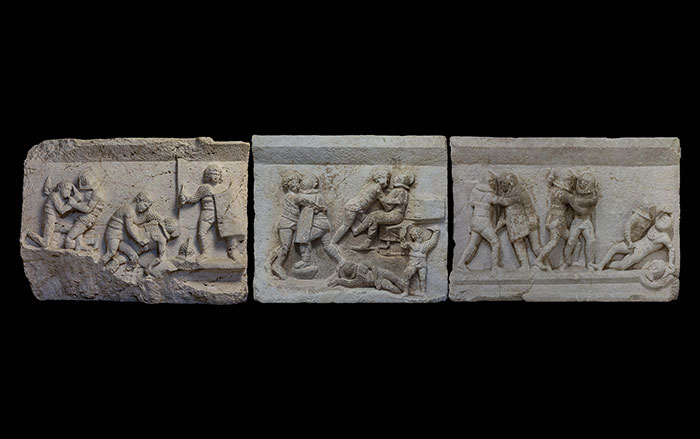
OXFORD, ENGLAND—According to a Nature report, Amy Bogaard of the University of Oxford and her colleagues analyzed 3,000-year-old grain recovered from a subterranean silo at Hattusha, the capital of the Hittite Empire in central Anatolia. Discovered in 1999, the silo contained hundreds of tons of grain stored in 32 chambers that caught fire shortly after they were put into use. Bogaard and her team members sampled grain from five of these chambers. The different chemical profiles of the grains and the types of weed seeds found intermixed with the wheat and barley suggest that the grain in each chamber came from separate farming communities. The researchers believe the grain was collected as a tax from people who lived across Hittite lands as a display of the king’s wealth. To read about a Bronze Age settlement in southeastern Turkey that was likely destroyed by the Hittites more than 3,500 years ago, go to "The Wrath of the Hittites."










